Why the Belt Length on Your Retractable Belt Barrier Matters
Why the Belt Length on Your Retractable Belt Barrier Matters
Retractable belt barriers are an essential tool for managing crowd control and directing the flow of people in various settings, such as airports, banks, concerts, and public events. These barriers consist of posts with retractable belts that stretch across to connect to another post, creating a physical barrier that controls access or guides the crowd. However, not all retractable belt barriers are created equal, and the belt length is a crucial factor that determines their effectiveness.
Belt length refers to the length of the retractable belt that connects two posts. The standard belt length for most retractable belt barriers is 7.5 feet or 2.3 meters. However, some manufacturers offer longer or shorter belts to cater to specific needs. In this blog post, we will explore why the belt length on your retractable belt barrier matters and how it can affect your crowd control strategy.
Visibility
The first reason why belt length matters is visibility. The longer the belt, the more visible the barrier becomes. This is especially important in settings where there are many distractions, such as concerts or busy shopping malls. A longer belt will catch people’s attention from afar and help them navigate the space more easily. On the other hand, a shorter belt may go unnoticed or get lost in the surroundings, leading to confusion or accidents.
Versatility
The second reason why belt length matters is versatility. Depending on your crowd control needs, you may need to create different configurations of your retractable belt barrier. For example, you may want to create a U-shaped barrier to restrict access to a particular area or a straight line to guide people to a specific location. A longer belt will give you more flexibility in creating these configurations, as you can stretch it further or wrap it around corners without losing tension or stability. In contrast, a shorter belt may limit your options and force you to use more posts or barriers to achieve the same effect.
Efficiency
The third reason why belt length matters is efficiency. In high-traffic areas, such as airports or train stations, the speed at which people can pass through the barrier is crucial. A longer belt will allow more people to pass through at once, reducing waiting times and congestion. This is especially true for people with disabilities or luggage, who may need more space to maneuver through the barrier. On the other hand, a shorter belt may create a bottleneck effect, slowing down the flow of people and causing frustration or delays.
Safety
The fourth reason why belt length matters is safety. In emergency situations, such as fires or evacuations, the retractable belt barrier becomes a critical tool for directing people to safety. A longer belt will allow people to see the barrier from further away and give them more time to react and follow the instructions. It will also prevent overcrowding or trampling, as people can spread out more and avoid getting stuck in a confined space. In contrast, a shorter belt may lead to panic or confusion, as people may not know where to go or how to navigate the space.
Cost-Effectiveness
The fifth reason why belt length matters is cost-effectiveness. While longer belts may seem more expensive than shorter ones, they can save you money in the long run by reducing the need for additional posts or barriers. This is especially true in large or complex settings, such as museums or convention centers, where multiple barriers are needed to control the crowd. By using longer belts, you can create more efficient and streamlined configurations that require fewer posts and less maintenance. This can also improve the overall aesthetic of the space, as fewer barriers will create a more open and welcoming environment.
Conclusion
In conclusion, the belt length on your retractable belt barrier matters for several reasons, including visibility, versatility, efficiency, safety, and cost-effectiveness. When choosing the right belt length for your needs, consider the type of setting, the level of traffic, the configuration you want to create, and the length of space that needs to be sectioned off. There are options anywhere from 7.5FT to up to 150FT with a single stanchion.
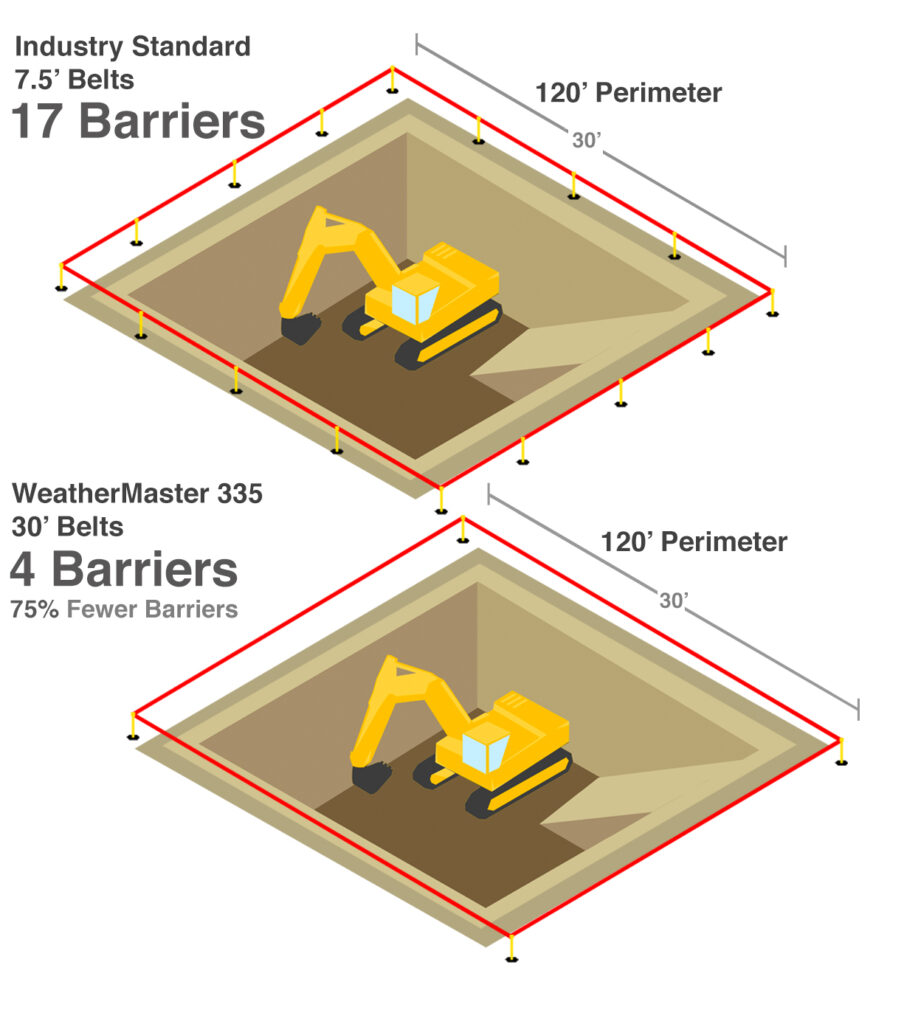
For more information about our custom options and full range of products, please contact us or view our full range of belt barriers here.



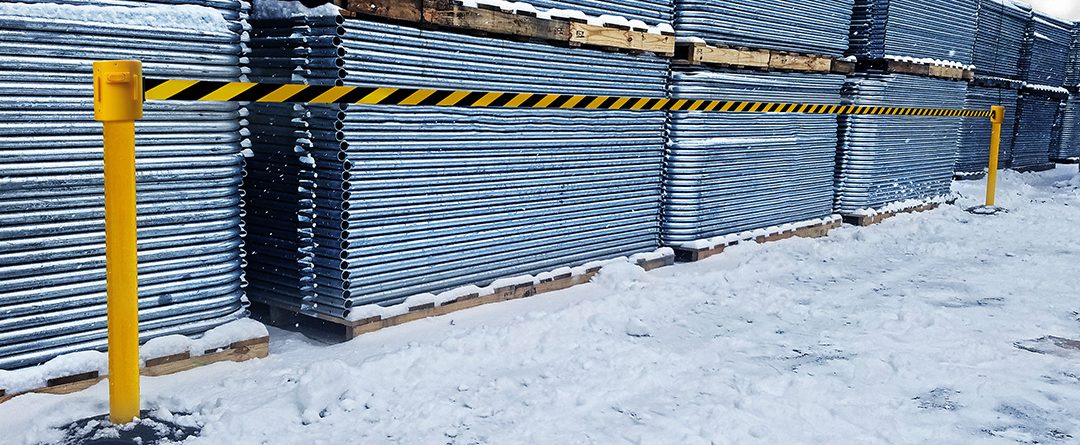
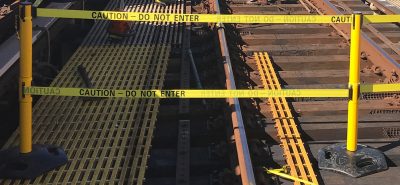
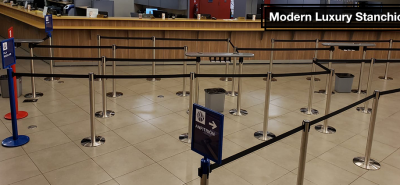
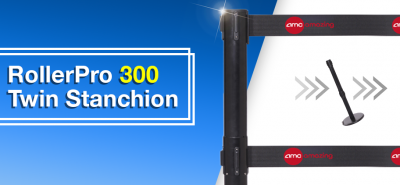

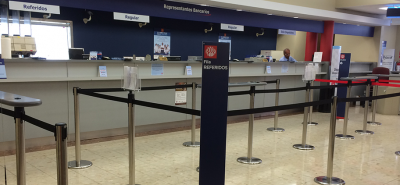
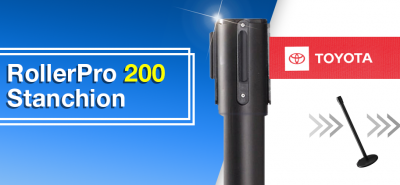
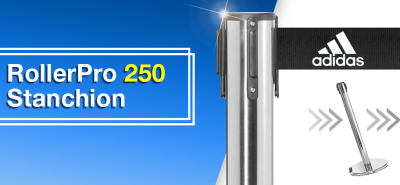
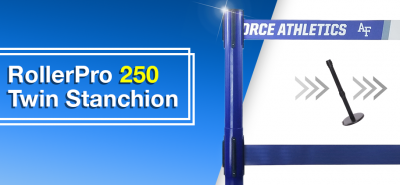
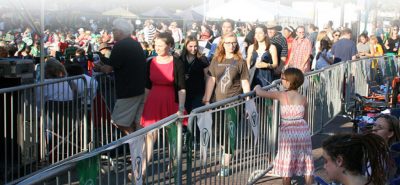
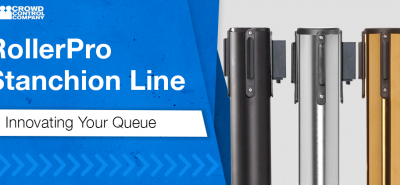

LEAVE A COMMENT